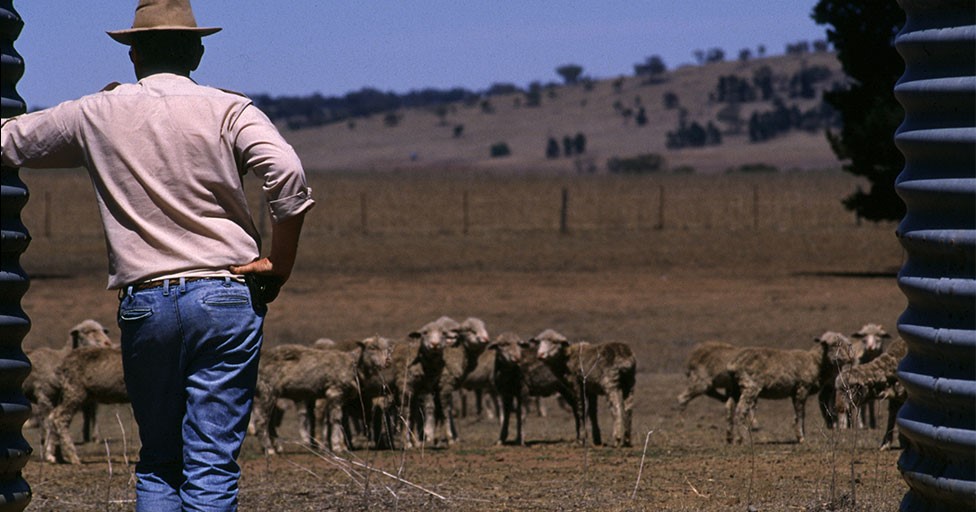Last month, the Bureau of Meteorology announced the start of an El Niño weather pattern. Our country can, therefore, expect warmer and drier conditions for the next three months at least.
What does that mean for you, your assets, and insurance?
Factors influencing bushfires this summer
We’re unlikely to see a repeat of the Black Summer bushfires of 2019, says ABC News. Those fires followed a severe drought over several years.
Now, we’ve just emerged from a run of La Niña weather patterns from 2020 to 2023. La Niñas tend to be wetter, so soil moisture is higher. While there’s more vegetation cover than in pre-Black Summer bushfires, context matters. It needs to be managed, as this South Australian guide to native vegetation for bushfire safety shows. Check the difference in these satellite images on the 9News website.
Despite the greenery, extreme heatwaves towards the end of September had already sparked blazes in NSW, Queensland, and Tasmania.
Does home insurance cover bushfires?
Yes, damage by fire is always covered, the issue is the application of heat. Typically, home building and contents insurance covers:
- Removing damaged possessions from your property
- Moving and storage costs for items not damaged
- Repairing or replacing your damaged possessions
- Temporary accommodation, if the fire renders your home uninhabitable
- Demolishing damaged structures
- Clearing debris
- Experts’ fees, such as surveyors, architects, development applications, and
- Building repair or replacement.
We can guide you on whether ‘total replacement’ or ‘sum-insured’ cover suits you. Total replacement insurance means the insurer must rebuild your home or pay an equivalent amount. Sum-insured cover is a limit the insurer will pay you. But insurers will assess on a case-by-case basis, so it’s good to know what the exclusions are.
When are you not insured?
It’s important to know the exclusions to your home insurance policy because you might assume it covers you in these circumstances:
- The flames did not touch your property, even though there’s damage from scorching, melting, smoke, or soot (however some policies cover you if, for example, the bushfire is within 100m of the premises)
- There is a general exclusion for wear & tear & lack of maintenance. Check with us or your insurer to understand how they define reasonable maintenance.
- Intentional acts by the person insured would be excluded, but not unintentional negligent acts. The exclusion may also apply to the intentional acts of someone who ordinarily resides with the insured.
- The policy has yet to take effect – there’s a waiting period – but the bushfire and damage happens during that time
- You live in a rental property without contents insurance – your landlord’s building cover won’t protect your possessions
- You haven’t disclosed your business operations to the insurer. Sometimes the insurer will accept business operations; it depends on what they are and whether they increase your risk.
As well, if your home is underinsured, and fire destroys all or part of it, the policy won’t cover all the rebuilding costs. There are also tighter laws, meaning new buildings, or even partial rebuilds, must use more fire-resistant materials in bushfire-prone areas.
If you’re looking to build (or rebuild) a home in a bushfire-prone area, you’ll need an assessment called a bushfire attack level (or BAL). The BAL rating assesses the risk of bushfire by measuring the severity of ember attacks, radiant heat, and direct flame that your property may face. Only accredited experts can assess and create a written report for a BAL rating. The report guides you on construction and materials requirements, as well as extra safety measures.
Factors influencing your premiums
Influences on premiums include:
- The amount you’ve agreed to as the excess – the more you pay, the lower your premium
- Claims history, so if you’ve made several claims in recent years, insurers might see you as riskier, and therefore charge a higher premium
- Property’s value, and
- Property location. For instance, if bushland surrounds it, you’ll pay more to insure it than someone with a property in a cleared area.
Ensure you get the best cover and insurance deal possible for your unique home and contents by regularly assessing your asset values and improving your risk management. Talk to us for insights and guidance on finding the best-fit policy.

